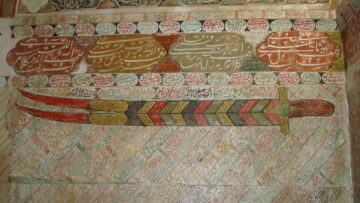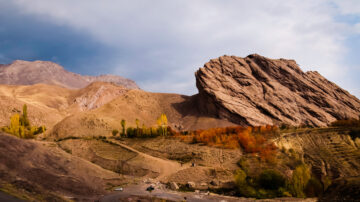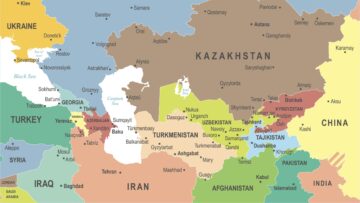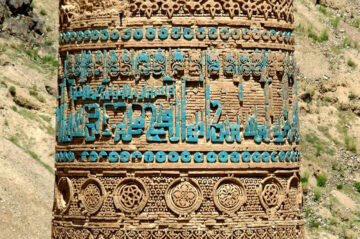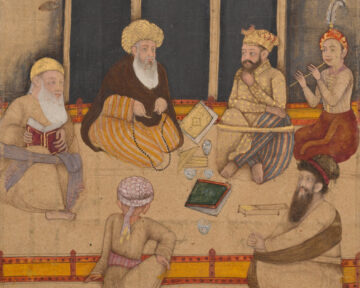
-
Status
Ended -
Date
15 Sep 2015 -
Location
Russian Federation
Two of the Institute of Ismaili Studies research associates will be presenting papers at the eight conference of The Iranian Studies of the Societas Iranologica Europaea.
Dr Alessandro Cancian will be presenting a paper on: ‘Shi’i Sufi Exegesis in 19th Century Iran: a Neglected Intellectual Legacy’ and Dr Janis Esots will be presenting a paper on: ‘Henry Corbin and the Shī‘ī Legend about the Green Island’
Dr. Janis Esots
Henry Corbin and the Shī‘ī Legend about the Green Island
Dr. Esot’s paper will deal with the Shī‘ī legend of the Green Island and Henry Corbin’s interpretation of it.
The best known version of the legend is found in Majlisī’s Biḥār al-anwār (vol.13, pp.143-148; cf. H. Corbin’s French paraphrase in En islam iranien (Paris: Gallimard 1972, vol. 4, pp. 346-367), where it is ascribed to one ‘Alī Ibn Fāḍil Māzandarānī , and represents his account of the alleged journey to the island, situated in the White Sea and governed by the descendants of the Hidden Imam.
However, the earliest version of the legend, in all likelihood, goes back to the end of the 7th/13th, and testifies to the legal and spiritual state of the Shī‘ī community of that time. The community of the faithful, insofar as it perceives itself as an integral spiritual entity, represents the model of an ideal Shī‘ī state. During the period of occultation, this state, together with its ruler, is hidden from the eyes of the non-believers.
In his analysis of the legend, Henry Corbin compares the Shī‘ī Green Island with a mystical fraternity of the 14th century, which bore the same name (German das Grūne Wörth, after an island near Strasbourg). Established by Rulman Merswin, it followed the teachings of Meister Eckhart and Johannes Tauler. Corbin draws several broader parallels between mediaeval Shī‘ī/Iranian ‘irfān and Rhineland mysticism that will be discussed in my paper.
In the early 1970-s, Corbin gathered around himself a narrow circle of his closer friends and disciples, together with whom in 1974 he founded the university of St. John of Jerusalem (active until 1988).Dr Esots will argue that he viewed this circle as a modern analogue of the Green Island.


